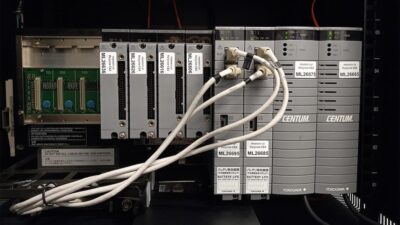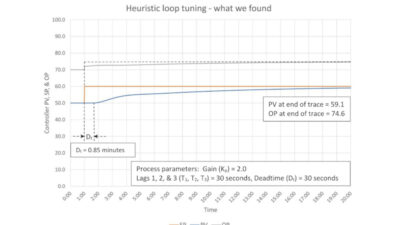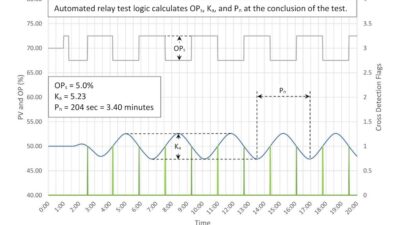Assembling automobile transmissions at a Volkswagen plant in Cordoba, Argentina, involves putting the top and bottom pieces of together. A robot applies sealant used to join the pieces. However, smeared or irregular sealant lines, or sealant falling into the bottom block, can result in a defective product. That’s where machine vision inspection comes into play.
Three years ago, plant officials installed a machine vision system from DVT Corp. to replace unreliable human inspection. The system uses two Legend 530 cameras, a SmartLink (which allows image transfer via Ethernet), brick lights, and a back light. Since the system has been online, the transmission blocks have been assembled flawlessly.
The plant can produce 1,440 manual transmissions daily for Volkswagen, Audi, and Seat automobiles. Up to 35 product combinations can run on the line, with two or three changes occurring daily. Making rapid product changes, and tracking them, were important requirements of the machine vision inspection system.
High summer temperatures can melt sealant, resulting in gaps in the material or drips into the transmission block. Even a machine-cooled robot cannot function correctly at all times. According to system integrator Fernando Fantini of AF NeoTec Industrial Solutions in Cordoba, with the machine-vision inspection system in place, tolerances are set for the presence of a continuous sealant line, proper sealant width, and for looking inside the transmission block for presence of sealant that has leaked.
If an out-of-tolerance part is identified, an alarm is triggered that alerts the operator at the assembly station. Instead of performing manual assembly of the two parts, the operator can then take the bad part off the line and put it back into the sealant operation. If a part with a faulty sealant line were to go through, a proper seal would not form and some transmission oil would leak, rendering the transmission defective.
A close-up shows a Volkswagen transmission block and the DVT vision camera inspecting the bead of sealant.
Volkswagen process engineer Mariano Periotto said another machine vision company also accomplished the inspection, but took six cameras to do so, resulting in an expensive vision solution. The DVT system, acquired from DVT Automated Solution Provider Murten Systems Control, in Buenos Aires, provided a more cost-effective solution, he said; training, software, and online support is provided at no additional charge.



